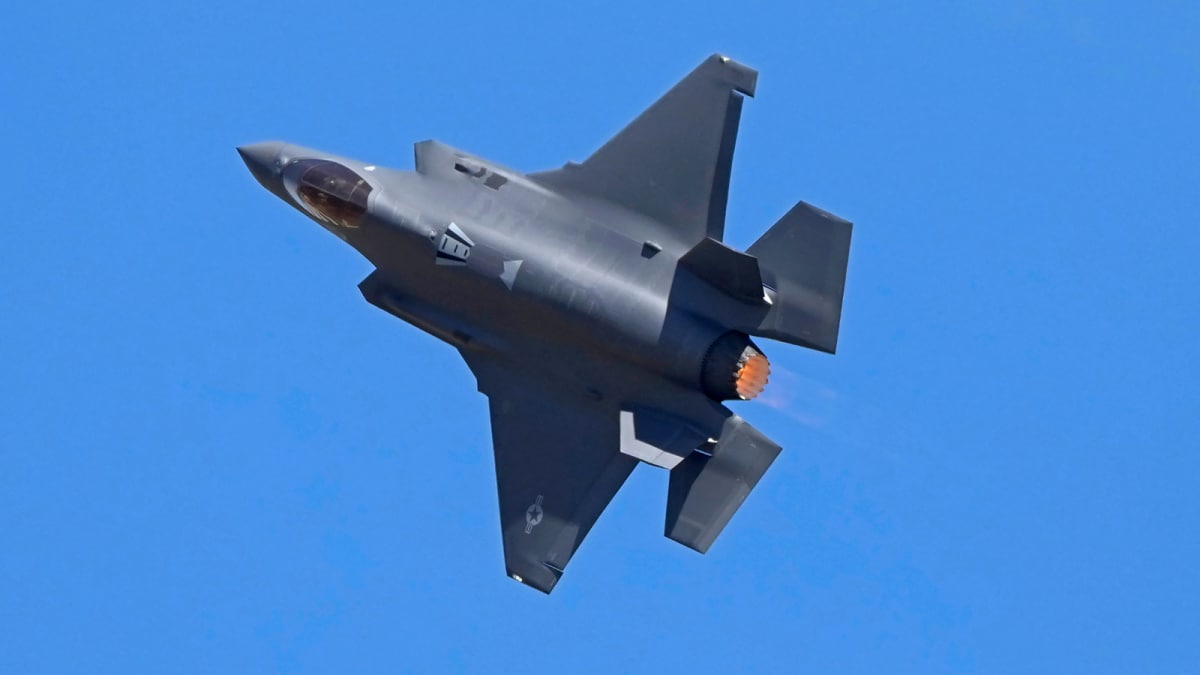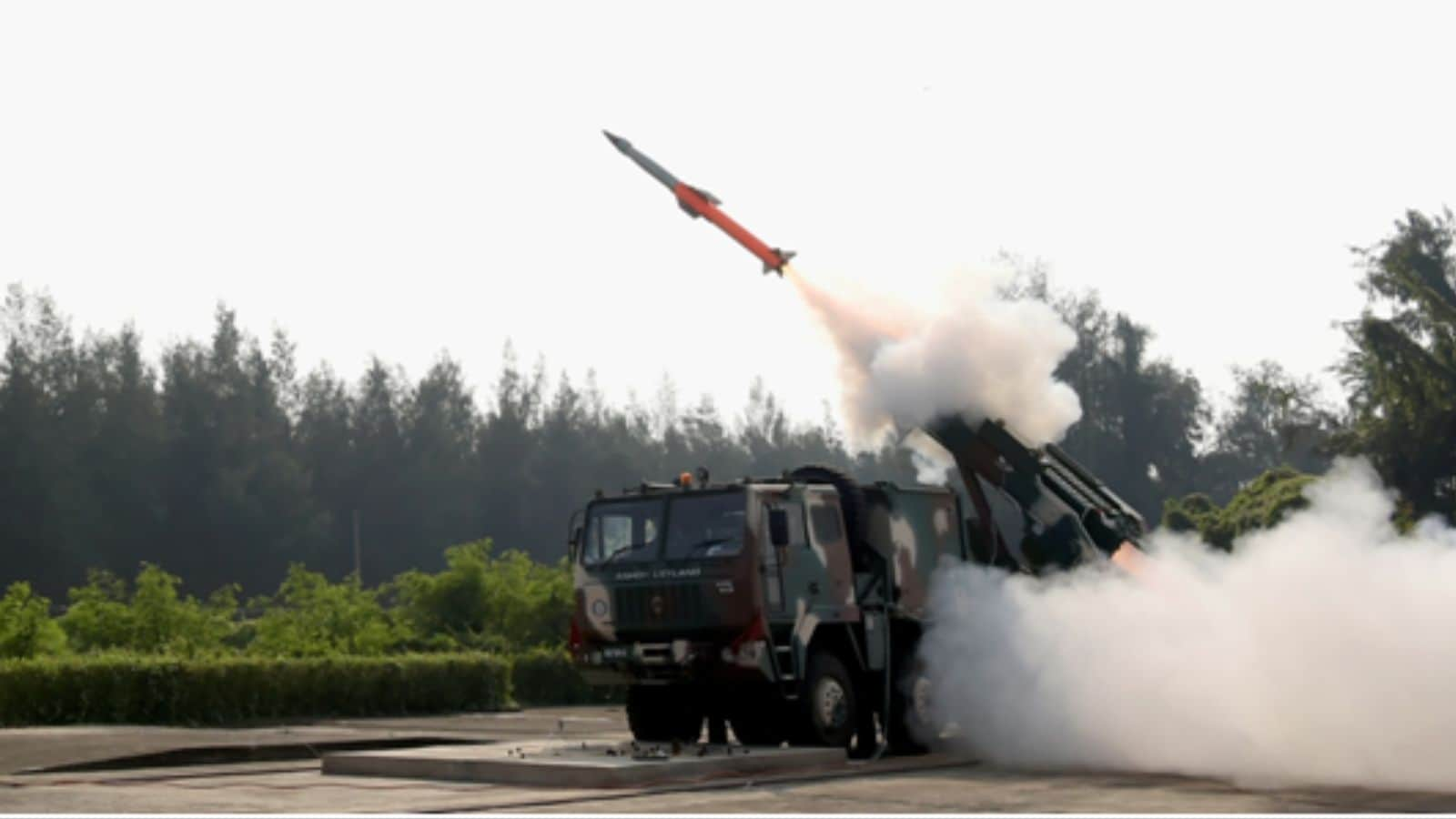ARTICLE AD BOX
Last Updated:August 02, 2025, 16:50 IST
Over the last three years, dozens of F-16’s engines have been rejected, primarily due to technical faults, wear from years of service, and a crippling shortage of spare parts

The F-16s, long regarded as the backbone of the PAF’s aerial capability, depend on Pratt & Whitney F100 engines—specifically the F100-PW-200 and the F100-PW-229. (AFP)
Pakistan may have to gradually phase out the US-supplied F-16 fighter aircraft—once considered the pride of Pakistani Air Force.
Pakistani F-16s are grappling with serious crises, which means in the coming years, the Pakistan Air Force will be forced to ground its entire fleet.
News18 has reliably learnt that Pakistan’s Air Force is confronting a substantial operational strain due to persistent engine reliability issues affecting its aging F-16 fleet.
The F-16s, long regarded as the backbone of the PAF’s aerial capability, depend on Pratt & Whitney F100 engines—specifically the F100-PW-200 and the F100-PW-229. Over the last three years, dozens of these engines have been rejected, primarily due to technical faults, wear from years of service, and a crippling shortage of spare parts.

The reliability crisis is compounded by the United States’ strict export controls governing the sale and supply of OEM spare parts. Recent financial difficulties have led to delayed or suspended payments owed to the US Foreign Military Sales programme, which, in turn, has halted the delivery of critical engine components and maintenance kits to Pakistan. This has pushed Pakistan’s only advanced, all-weather multirole fighter jets towards potential grounding and limited their availability for operational deployment—a severe blow to national air defence.
The core of the issue lies not only in the advanced age and wear of Pakistan’s F-16s, but also the inflexible restrictions imposed by the US, both in terms of monitoring their use and in strictly regulating the flow of replacement parts. Under the most recent US-Pakistan agreement, the F-16s are subject to close American oversight, permitted to operate only from designated bases and explicitly restricted in their role. This further aggravates the challenge of keeping the fleet airborne since any deviation or friction in this arrangement can prompt delays in logistical flows and, by extension, reduce operational readiness.
Operational consequences are serious: dozens of F-16 airframes are grounded at any time awaiting repairs or parts, eroding the PAF’s ability to maintain effective patrols or respond quickly to crises. The operational gap is now sparking a greater reliance on the JF-17 Thunder, a jointly developed Sino-Pakistani combat jet. However, the JF-17, powered by Russian RD-93 engines, is also struggling with its own maintenance and spare parts issues due to sanctions on Russia and reported technical limitations, leaving it an imperfect substitute.
Ultimately, Pakistan is now caught in a strategically vulnerable position, with the operational readiness of its premier fighter force diminished by aging technology, insufficient access to spare parts, and financial as well as geopolitical hurdles. Without a reliable solution to its F-16 engine woes—either through fresh US cooperation or a viable alternative—the PAF faces an untenable strain that limits its deterrence and the flexibility crucial to its national security posture.
Pakistan Defence Procurement from China & Turkey
UAV and Drone Procurement via NASTP
The PAF, through the National Aerospace Science & Technology Park (NASTP), is actively expanding its unmanned aerial capabilities. Procurement is being managed via M/S Gwalpha Tech Pvt. Ltd., a domestic company handling integration and sourcing of aerospace systems.

These procurements reflect PAF’s growing emphasis on autonomous platforms for intelligence gathering and precision strikes. The involvement of a local company under NASTP highlights Pakistan’s move toward domestic capacity building in defence tech.
Defence Procurement from China (NORINCO)
Pakistan’s long-standing defence partnership with China continues with large-scale procurement of artillery, armoured support systems, and ordnance. NORINCO (China North Industries Corporation) is the primary supplier.

This procurement strengthens Pakistan Army’s long-range artillery and battlefield mobility while reinforcing dependence on Chinese platforms for mechanised warfare. The integration of support systems enhances operational longevity of Chinese equipment like the VT4 MBT.
Defence Collaboration and Procurement from Turkey
Pakistan’s strategic defence ties with Turkey have expanded across naval, aerospace, and drone technologies. The partnership is marked by co-development, technology transfer, and joint manufacturing initiatives.

Turkish platforms like the MILGEM corvettes and Bayraktar drones offer Pakistan critical capabilities in naval operations and unmanned warfare. The stalled T-129 deal highlights the limits of cooperation under US export control, but ongoing industrial collaboration underlines long-term potential in co-production.
view comments- Location :
Islamabad, Pakistan
- First Published:
August 02, 2025, 16:50 IST
News world Pakistan May Have To Phase Out US-Supplied F-16 Fighter Aircraft Due To Engine Issues
Disclaimer: Comments reflect users’ views, not News18’s. Please keep discussions respectful and constructive. Abusive, defamatory, or illegal comments will be removed. News18 may disable any comment at its discretion. By posting, you agree to our Terms of Use and Privacy Policy.
Read More



.png)
.png)
.png)
















 2 hours ago
6
2 hours ago
6









 English (US) ·
English (US) ·